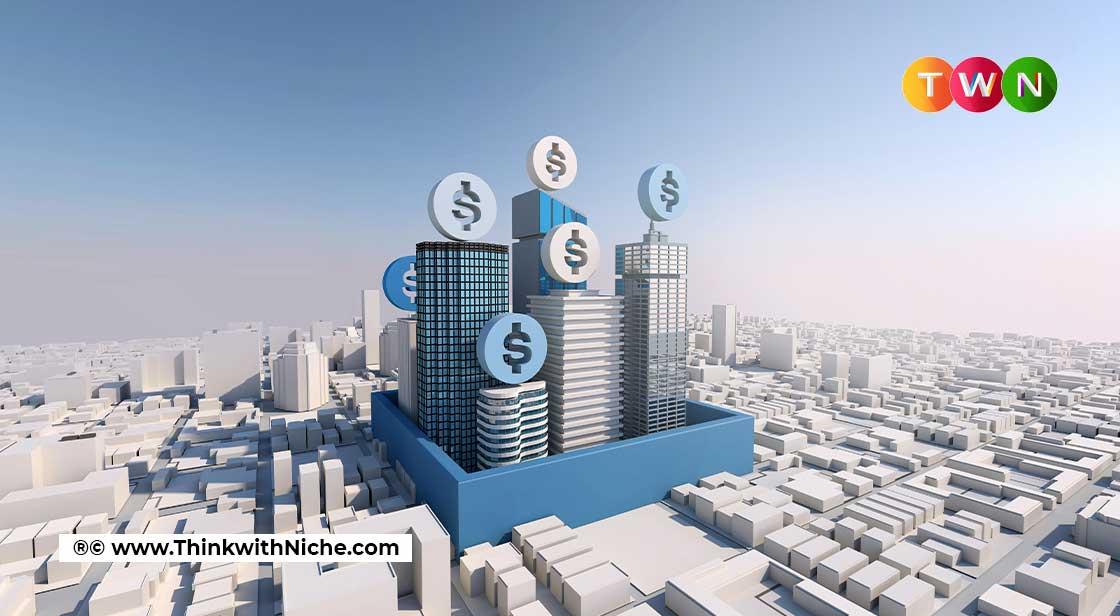
A country's Gross Domestic Product (GDP) is used to gauge its economic health (GDP). Some argue that the United States is no longer the world's largest economy, having been eclipsed in the global arena by China. These projections are based on a recalculated estimate of the Gross Domestic Product (GDP), sometimes known as real GDP. The US economy stays at the top of the list when evaluated by nominal GDP, which varies from real GDP in that it includes inflation.
Types of Economic Systems
The four major types of economic systems are traditional, command, market, and mixed.
The traditional economy is the oldest type of economics. It is incredibly sustainable and relies heavily on people; it is based on goods, services, and labor and is prevalent in areas where farming and other traditional occupations predominate. Resources and waste are frequently scarce due to poor production levels.
In command economies, the government (or another centralized, dominant authority) controls the majority of the economic structure. It is a widely used system in communist countries. Agriculture is the realm of the people; resources are bountiful and government-regulated. Because command systems are slow to adapt to change, they are vulnerable to economic downturns.
The market economy is a theoretical model of a free market society with low government interference. The sources of economic control include people and the impact of supply and demand. Growth is highest in a market economy, but it results in an inequitable allocation of resources since it allows private enterprises to gain a significant amount of economic power.
What is the Economic System in the United States?
According to the United States Constitution, the country has a mixed economy that combines elements of both the command and market economic models. The US economy is a free market in terms of consumer goods and business services. In terms of defense, it operates as a command economy (as well as certain areas of retirement benefits and medical care). The government monitors these activities and, along with the Constitution, defends the country's diverse economic structure. Personal consumption is an example of demand, whereas labor and natural resources are instances of supply.
How the US Government Impacts the Economy
The United States government has always been involved in the country's economic concerns. Throughout its history, several services have come under the influence or direct control of the public sector. However, the United States has been closer to a truly free-market economy at points in its history, in which the private sector, or individuals, are free to engage in economic behavior, activities, and decisions.
In a "genuine" or "absolute" free market economy, all property must be owned by private persons, and all commodities and services must be delivered privately. Prices are free to vary in reaction to supply and demand, and all transactions are voluntary rather than compelled or regulated by the government. This system is sometimes known as "pure capitalism" or "laissez-faire capitalism."
In contrast, a mixed economic system contains aspects of both free markets and government-planned economic regulations. Market economies in a mixed economy can change in a variety of ways. Governments have the authority to set regulatory constraints on voluntary private market transactions. Private establishments may require government-issued licenses to execute specific operations. Certain behaviors may be explicitly forbidden. Governments may also control public property or provide public services, and they may use tax policy or subsidies to distort market price signals. In a mixed economy, many private transactions are authorized, but only under terms that are consistent with the government's aims.
How Strong is the US Economy Today?
So, how is the American economy doing? The US economy has been recovering from the Great Recession since 2009. The COVID-19 marked the conclusion of the United States' longest economic growth, which had lasted more than a decade.
In light of this, you may be wondering, "Is the US economy in a recession right now?"
Except for China, the pandemic hit the global economy hard, causing GDP in every country to fall in 2020. The United States' GDP fell by 3.5 percent as a result of the coronavirus, which triggered a recession and the worst economic freeze since World War II ended.
Although analysts predict that the US economy will recover by 2021, many are concerned that the US may face another recession if government financial assistance is not maintained. If the first-quarter GDP gain of 6.6 percent is typical of the rest of the year, the first-quarter strength may present a silver lining.
It is evident that now is the time for businesses of all sorts, from global titans to lean startups, to adopt a growth mindset and do research into recession-proof areas like e-commerce.
What Impact does the US Economy have globally?
The US economy has a substantial impact on the global economy, and vice versa. Some of the factors that come into play are as follows:
The synchronization of the US and global business cycles.
The United States' growth and policy shocks have worldwide implications.
Trade and financial relations between the United States and other countries worldwide.
Tags:
what is the economic system in the united states, types of economic systems, how strong is the us economy today
Read This Full ARTICLE, Click Here


Comments
Post a Comment